They say that if you ever think you may have spotted a condor in the wild, it was probably a turkey vulture. Those are far more common than condors.
There are only 90-some-odd California condors in the SoCal "flock," which is composed of two main sites: Hopper Mountain and Bitter Creek.
I got the chance to see some condors at Hopper Mountain in 2018. But I've been waiting almost five years to get to Bitter Creek.
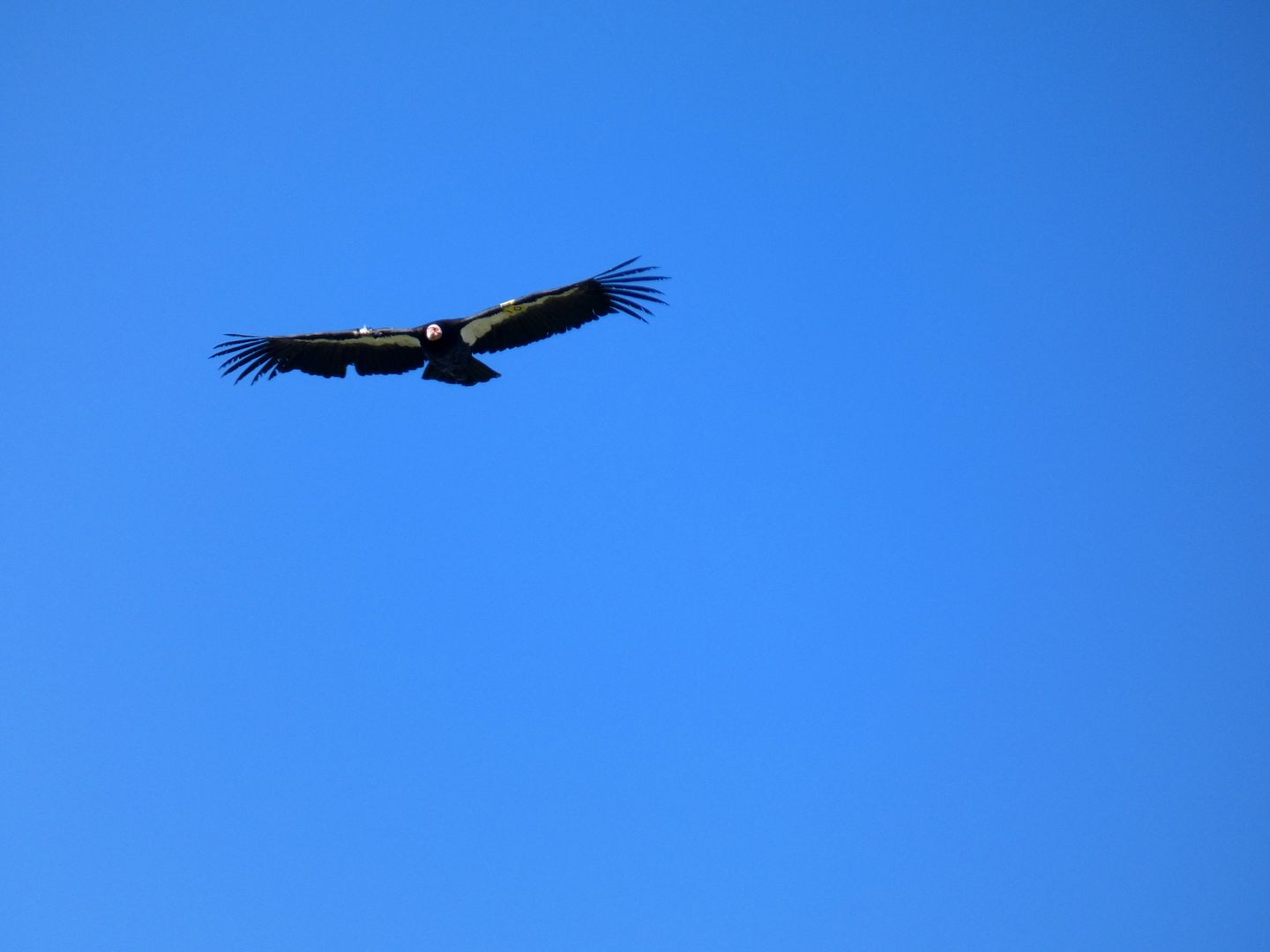
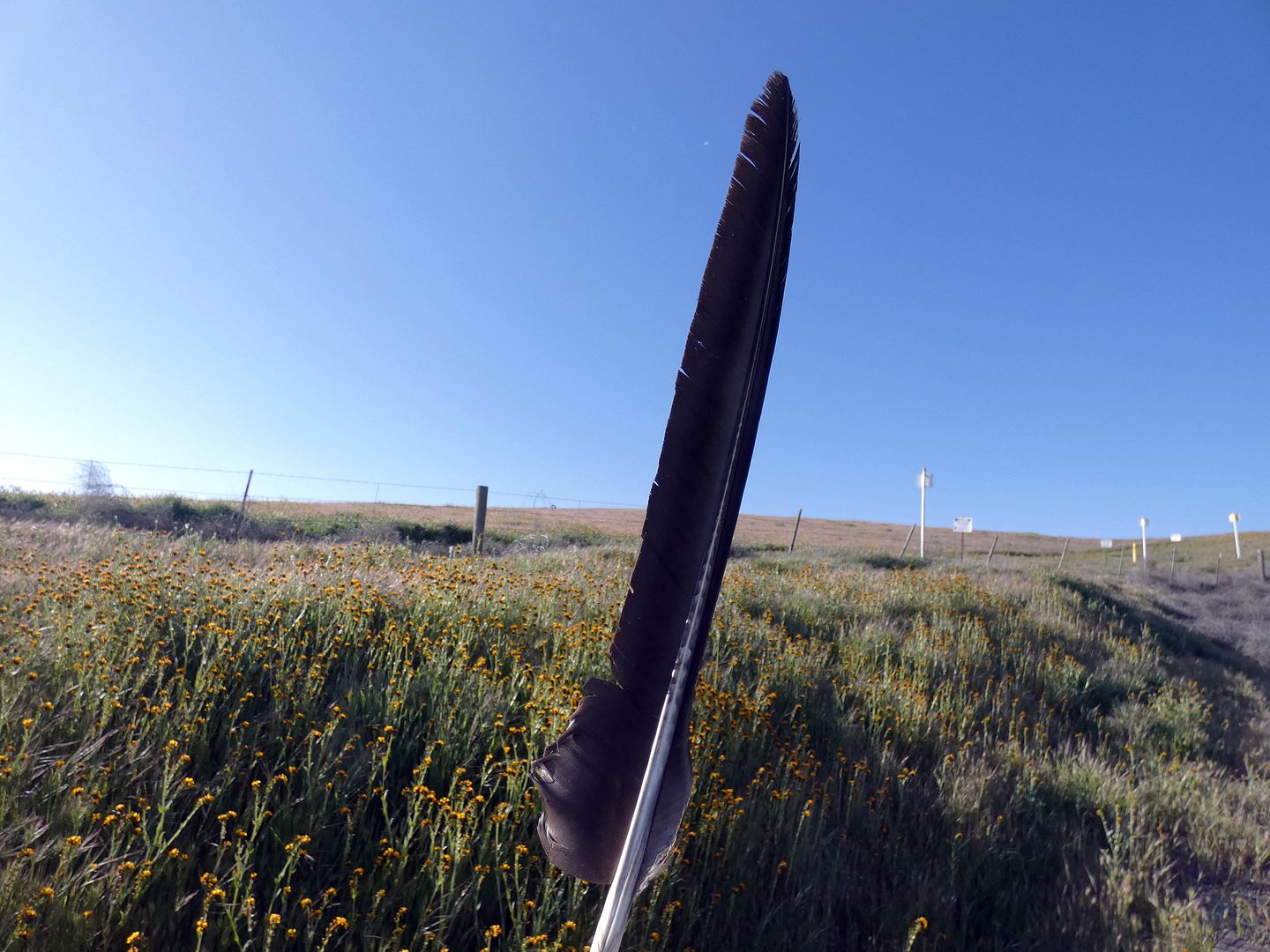
Once basically extinct in the wild, a captive breeding program largely spearheaded by the LA Zoo helped the population recover and fly freely—now also found beyond SoCal in areas like Big Sur and Pinnacles National Park (as well as Arizona, the Grand Canyon, Baja California in Mexico, and even sometimes Utah).
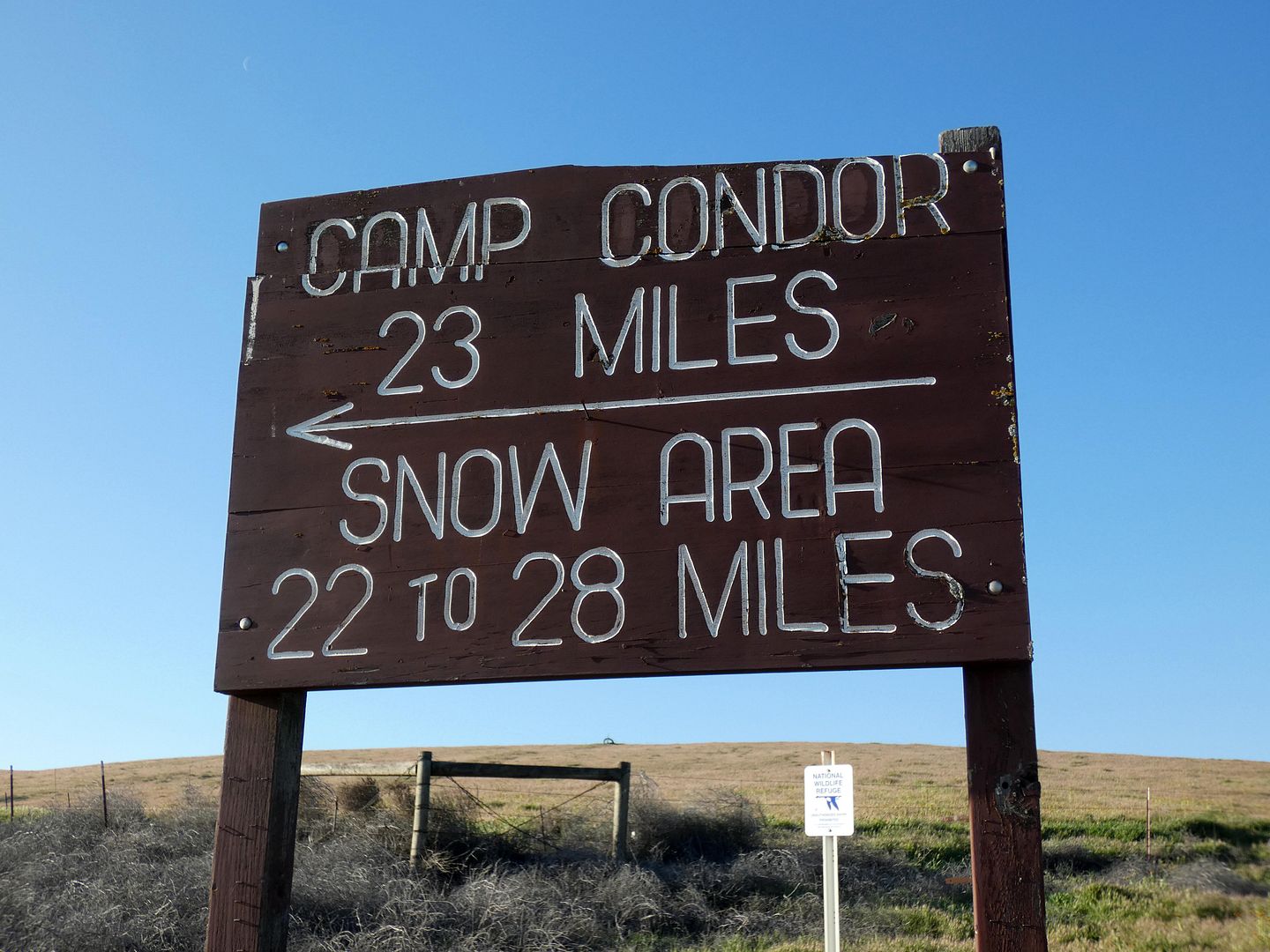
Friends of California Condors Wild and Free is one of the organizations that helps spread the word about the flight of the condor and educates the public—through booths at community events and tours at refuges like Hopper Mountain and Bitter Creek.
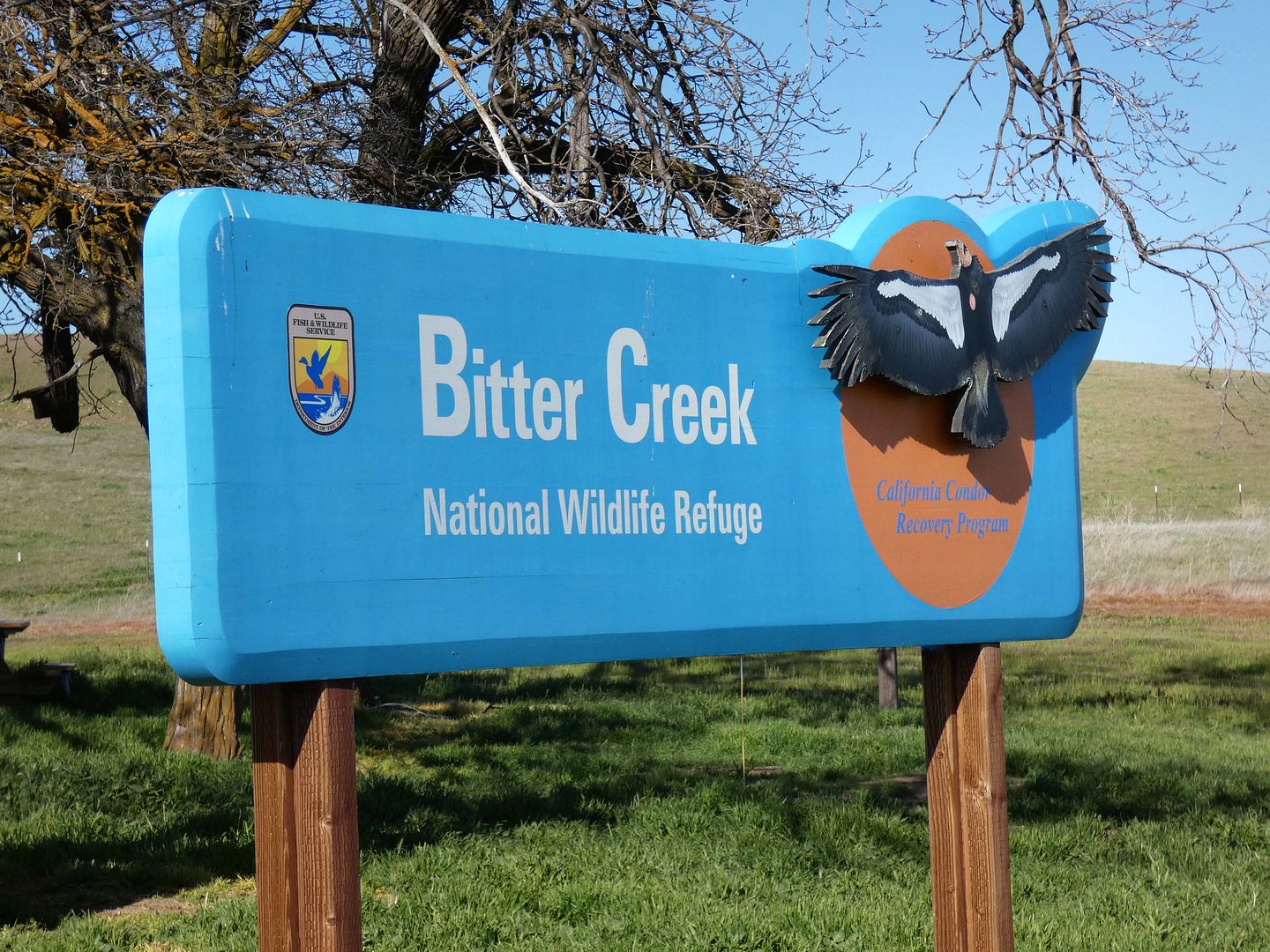
Bitter Creek National Wildlife Refuge is particularly hard to get into, as access to it is controlled by the U.S. Fish and Wildlife Service.
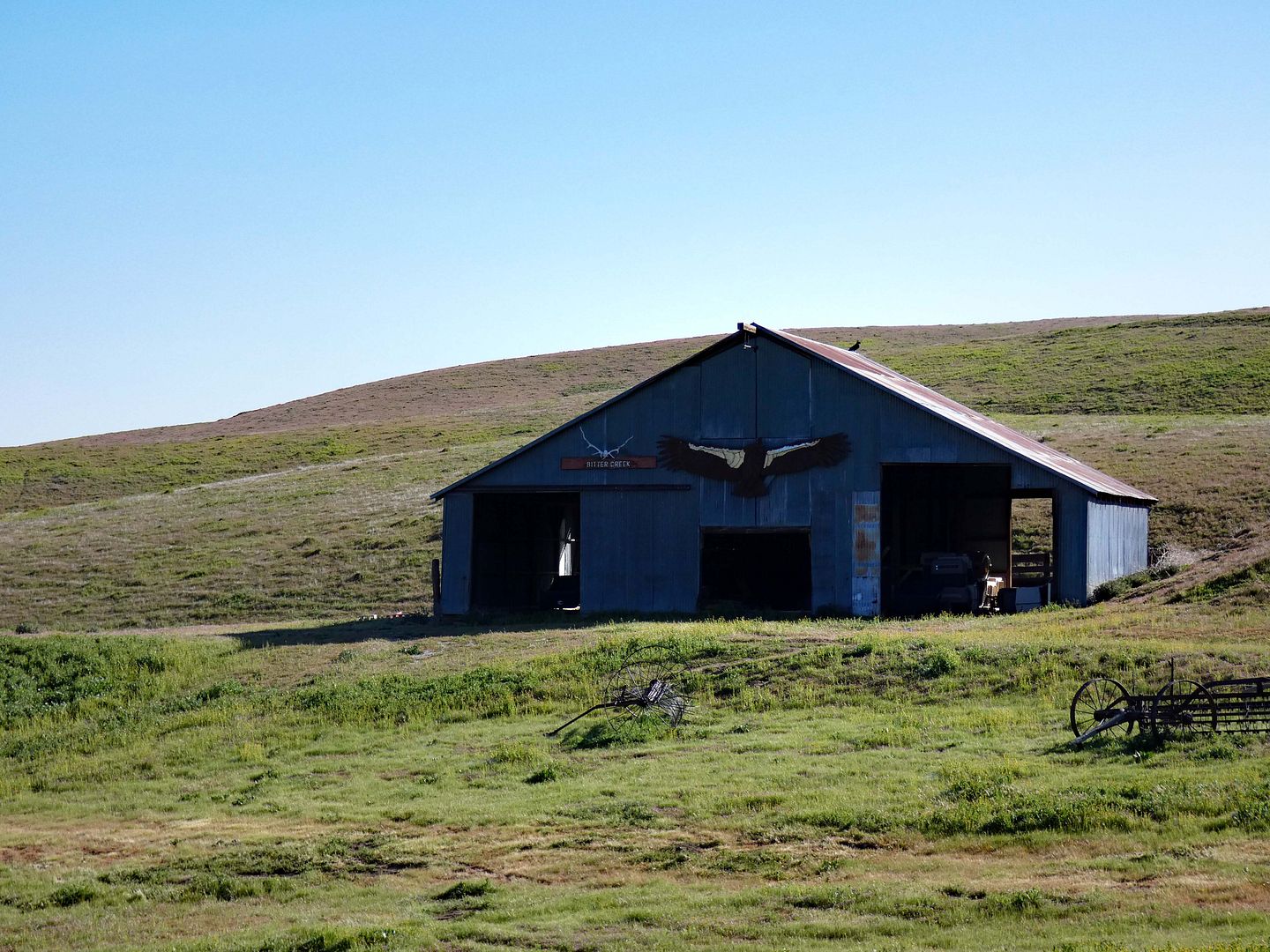
Officially, the area—a "No Hunting Zone"—is closed to the public to protect the California condor
population.
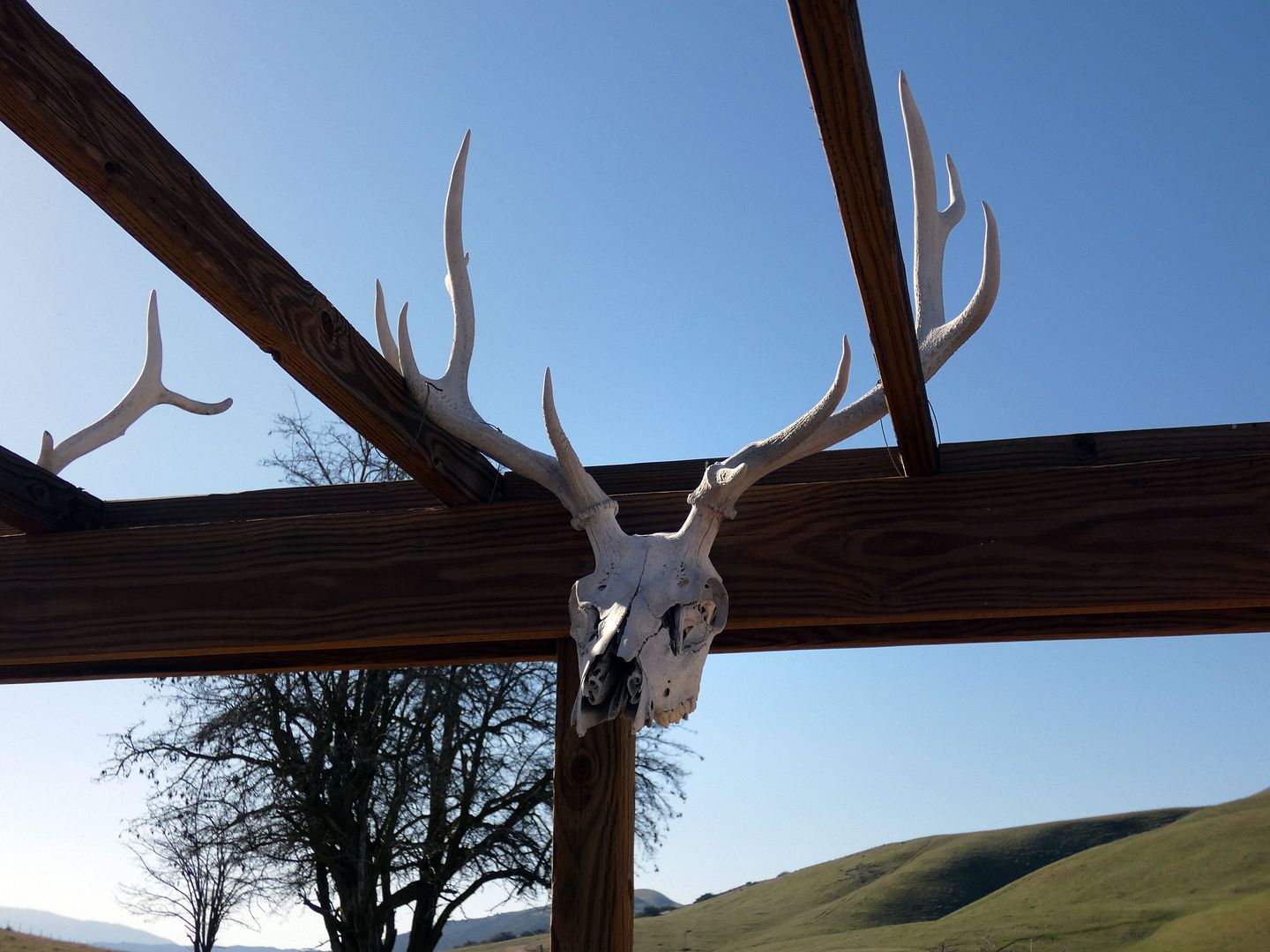
But if you know the right people, with keys to the locked gate, you can get in with permission and spend a few hours.
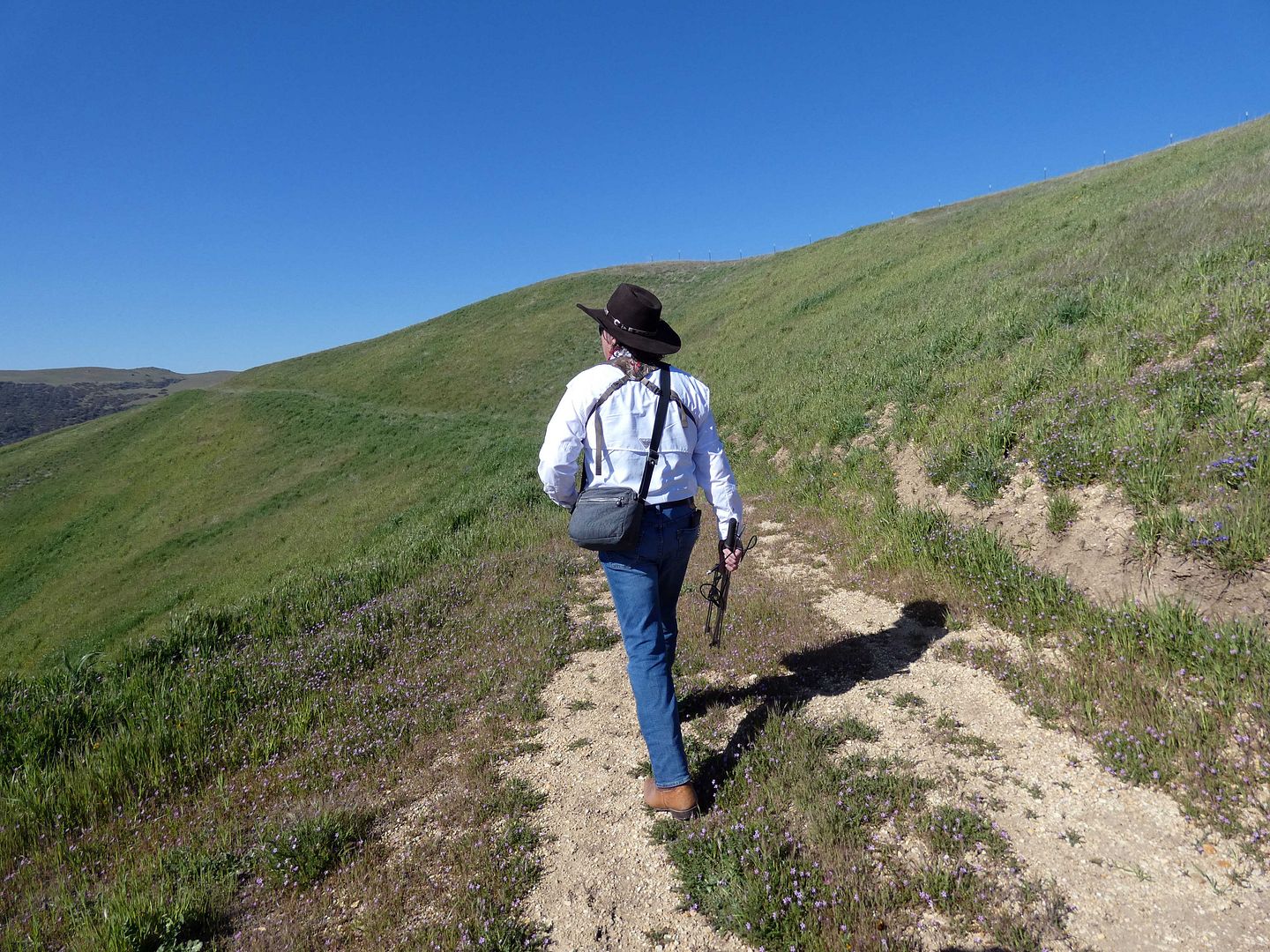
Located in the southwestern corner of Kern County in the Central Valley near the town of Maricopa, Bitter Creek was established in 1985 specifically to protect this species of bird. The last condor in the wild was captured here in 1987.
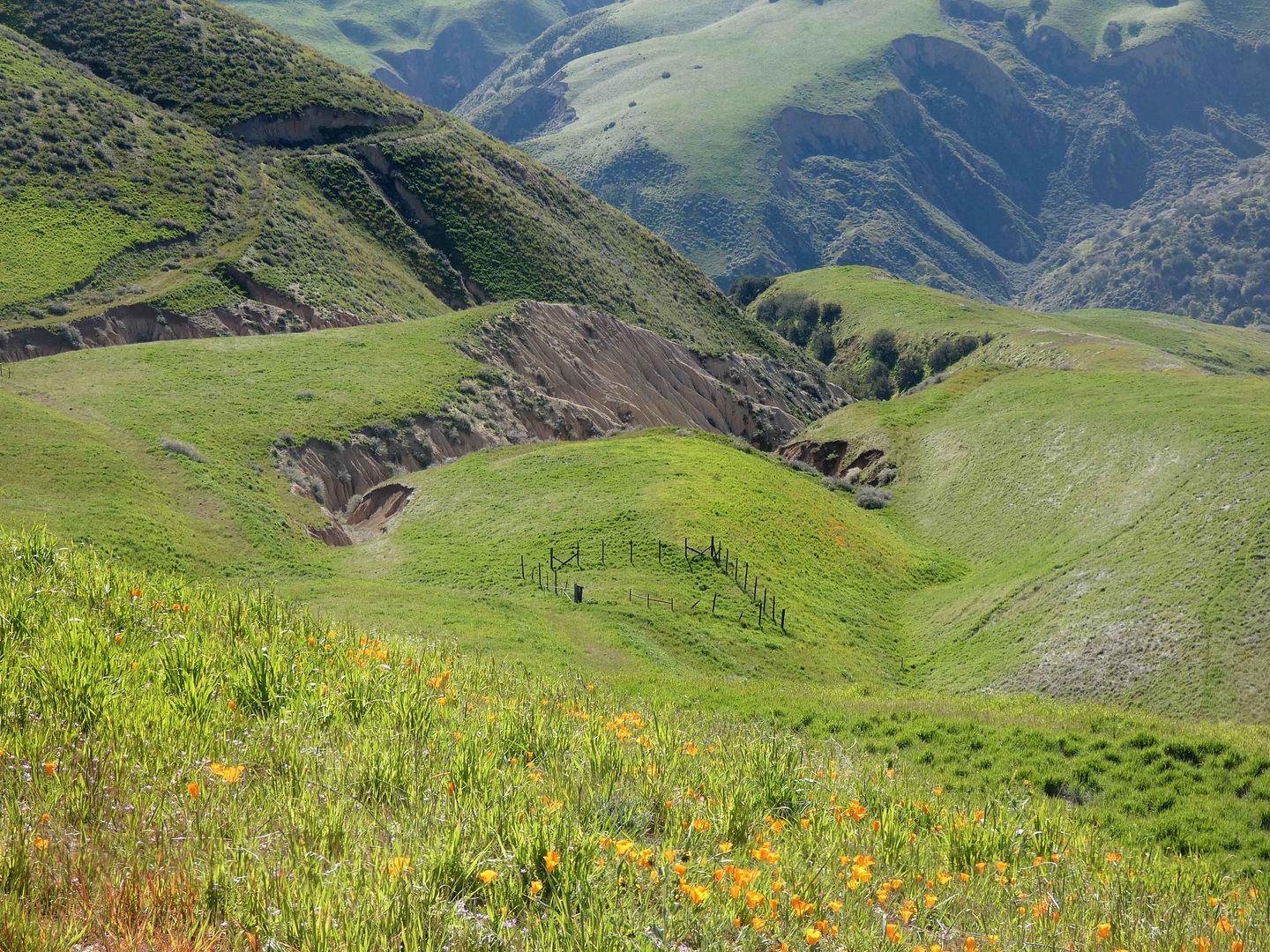
The rugged terrain of undeveloped, rolling hills—and very few dirt roads or trails—was once the cattle grazing land of Hudson Ranch.
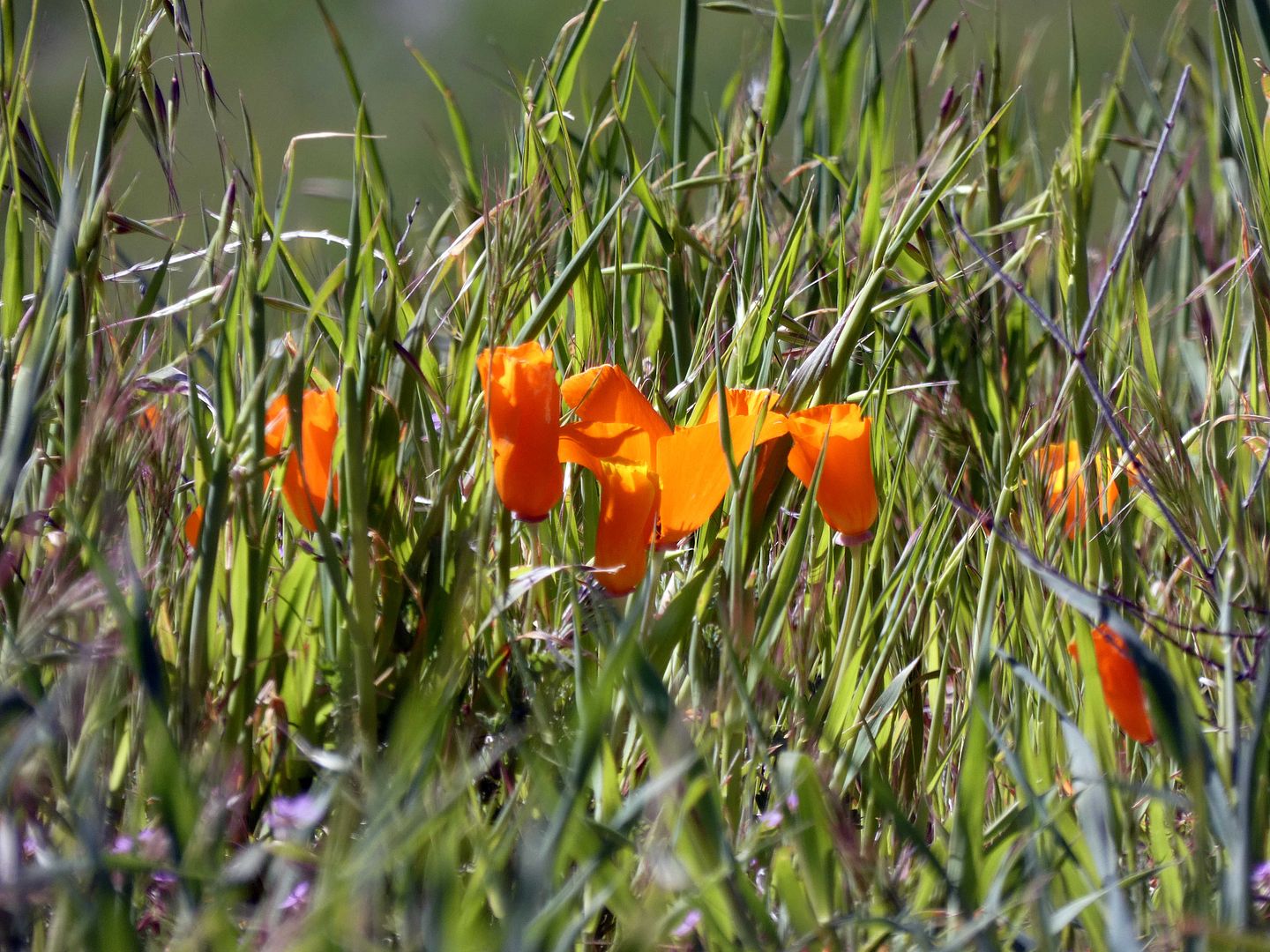
Using funds delegated by Congress, USFW purchased over 13,000 acres of it for use as a "bird sanctuary," despite the fact that the recovery of the California condor was once considered a "lost cause."

In the 1990s, California condors that had been bred (and born) in captivity were rereleased at what had been renamed Bitter Creek—and it turns out that the huge parcel was an ideal spot for the birds to thrive.
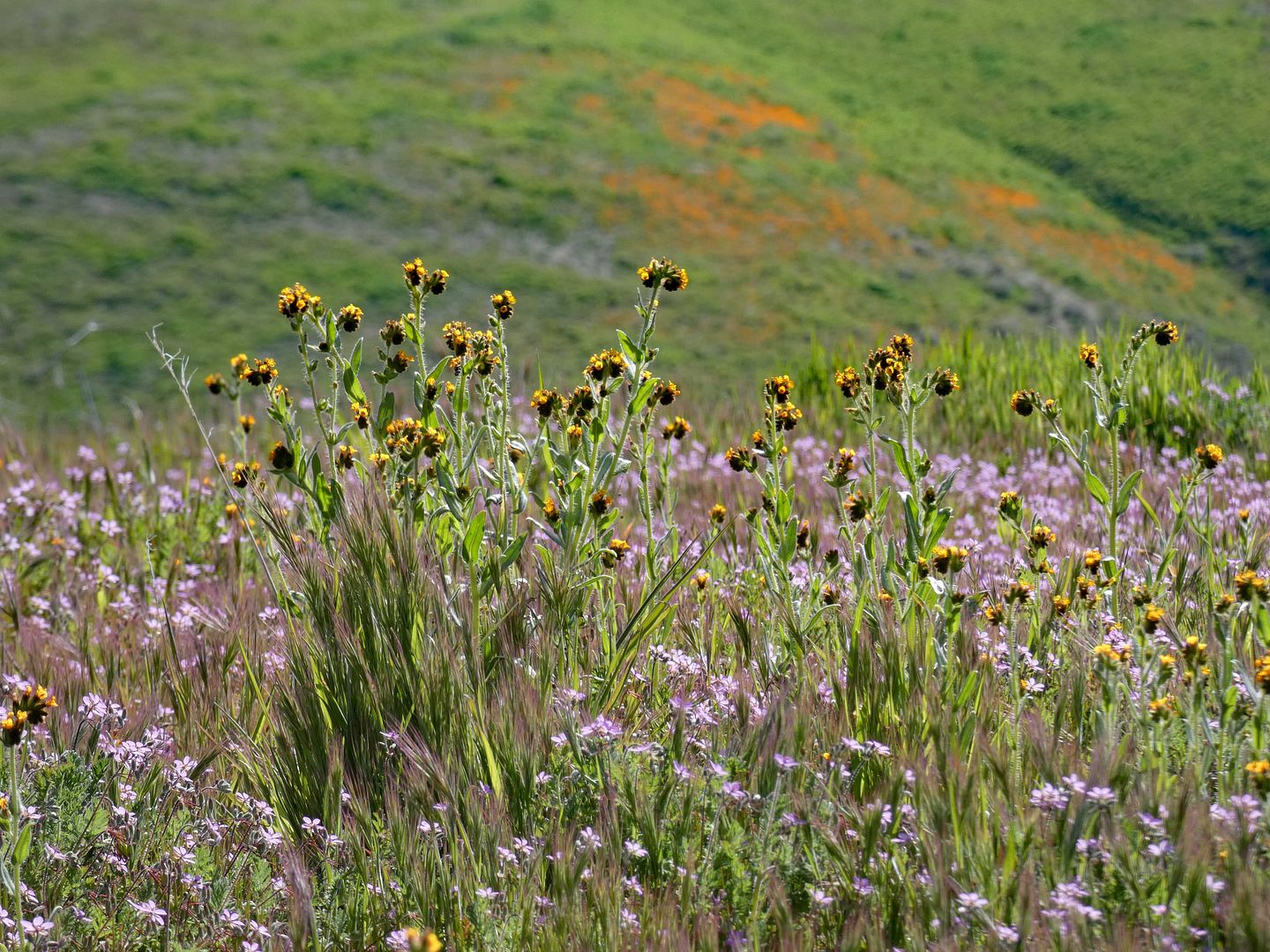
It's important that no hunting happens here—because the #1 cause of unnatural death among condors is lead poisoning. If a hunter shoots and misses, a condor might try to eat the bullet. If a hunter hits his target but leaves the game out there with a gaping bullet wound, fragments of lead might be consumed by a condor, which scavenges meat from animal carcasses.
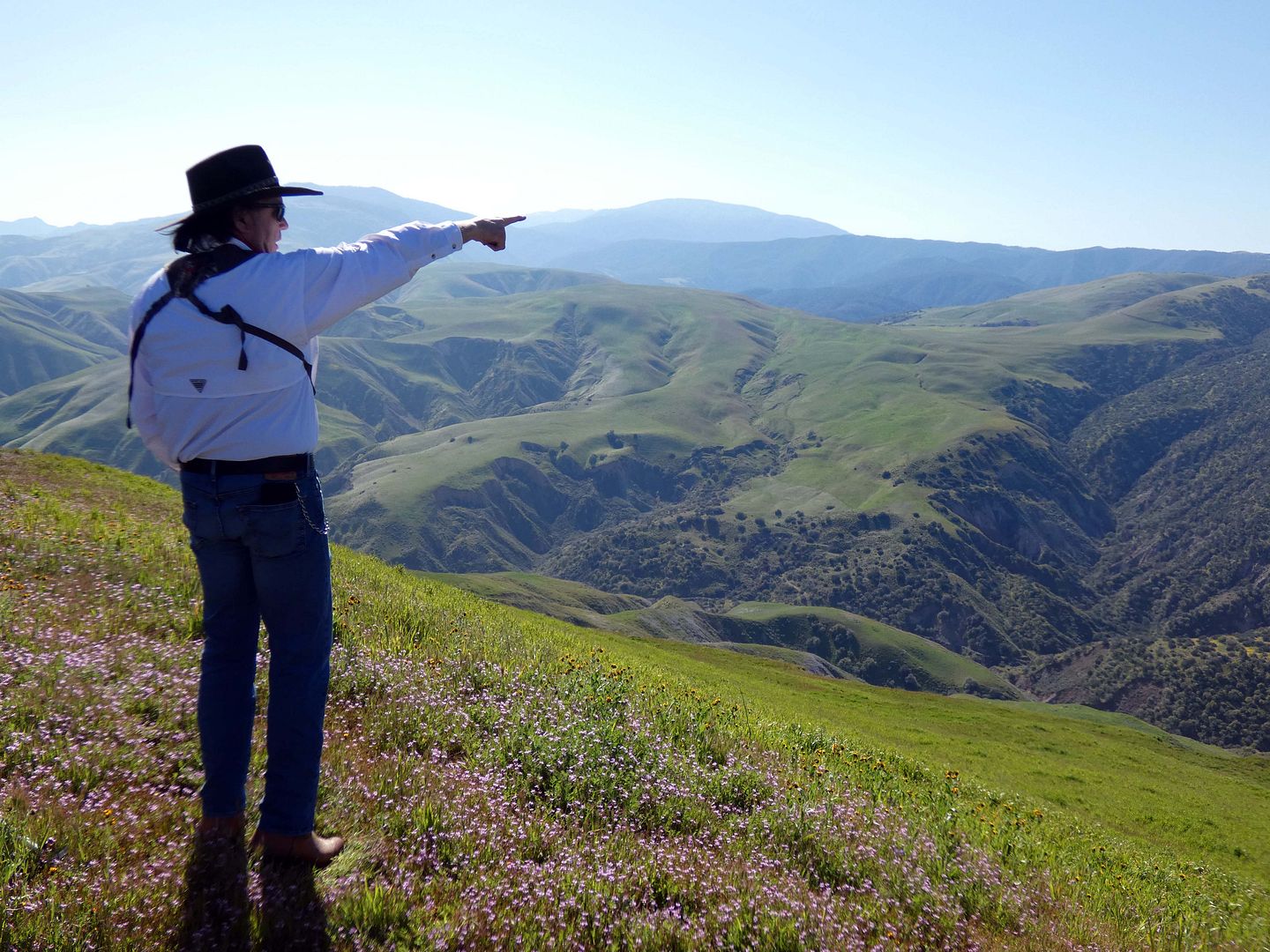
At our first stop on our tour, we knew that there were at least two condors nearby—likely a mating couple. We just had to wait for one of them to show up.
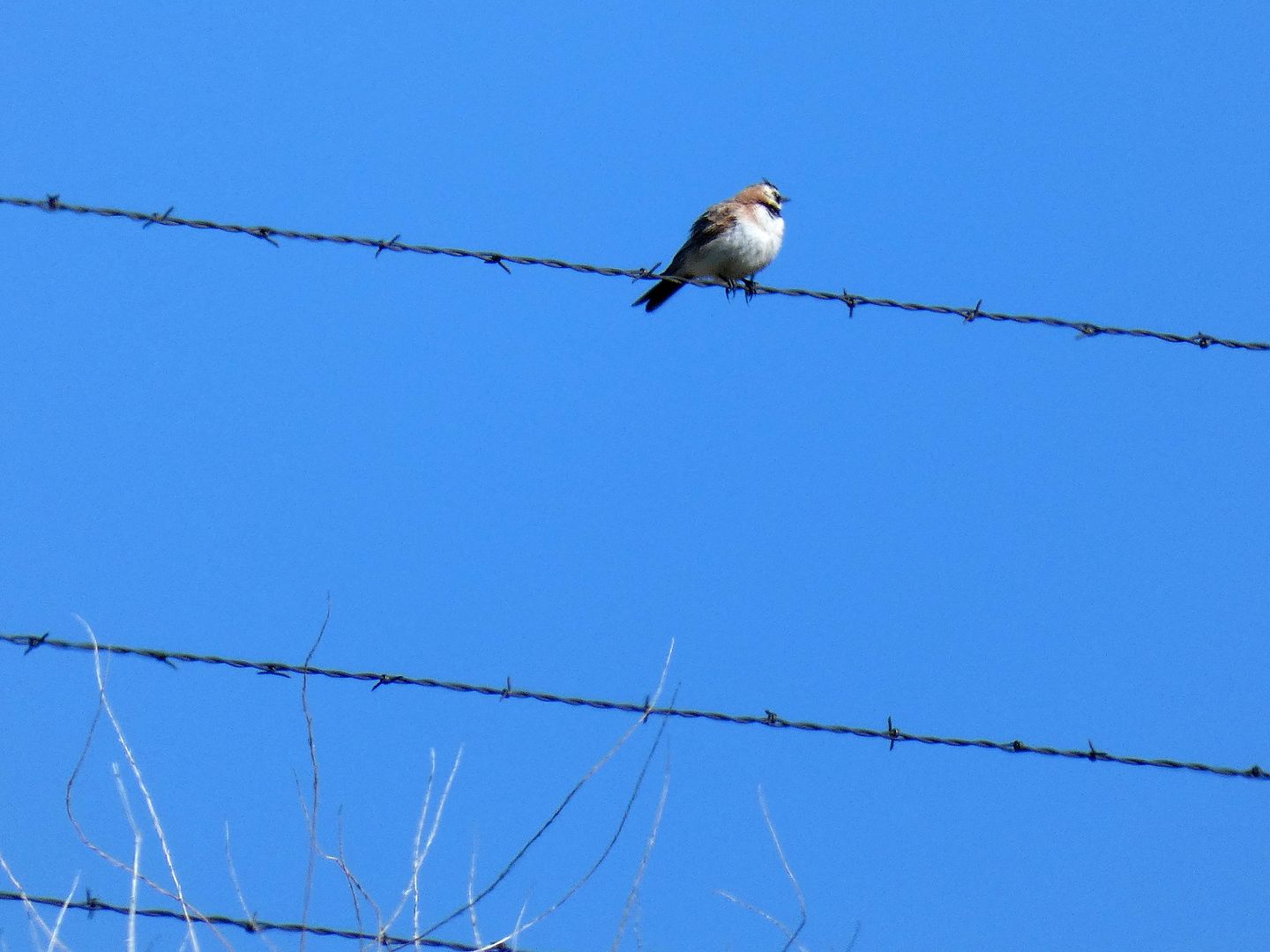
Of course, I'd take any birds I could get—but the hope is that you'll see at least one condor when you're out there. However, not everybody does on every visit.

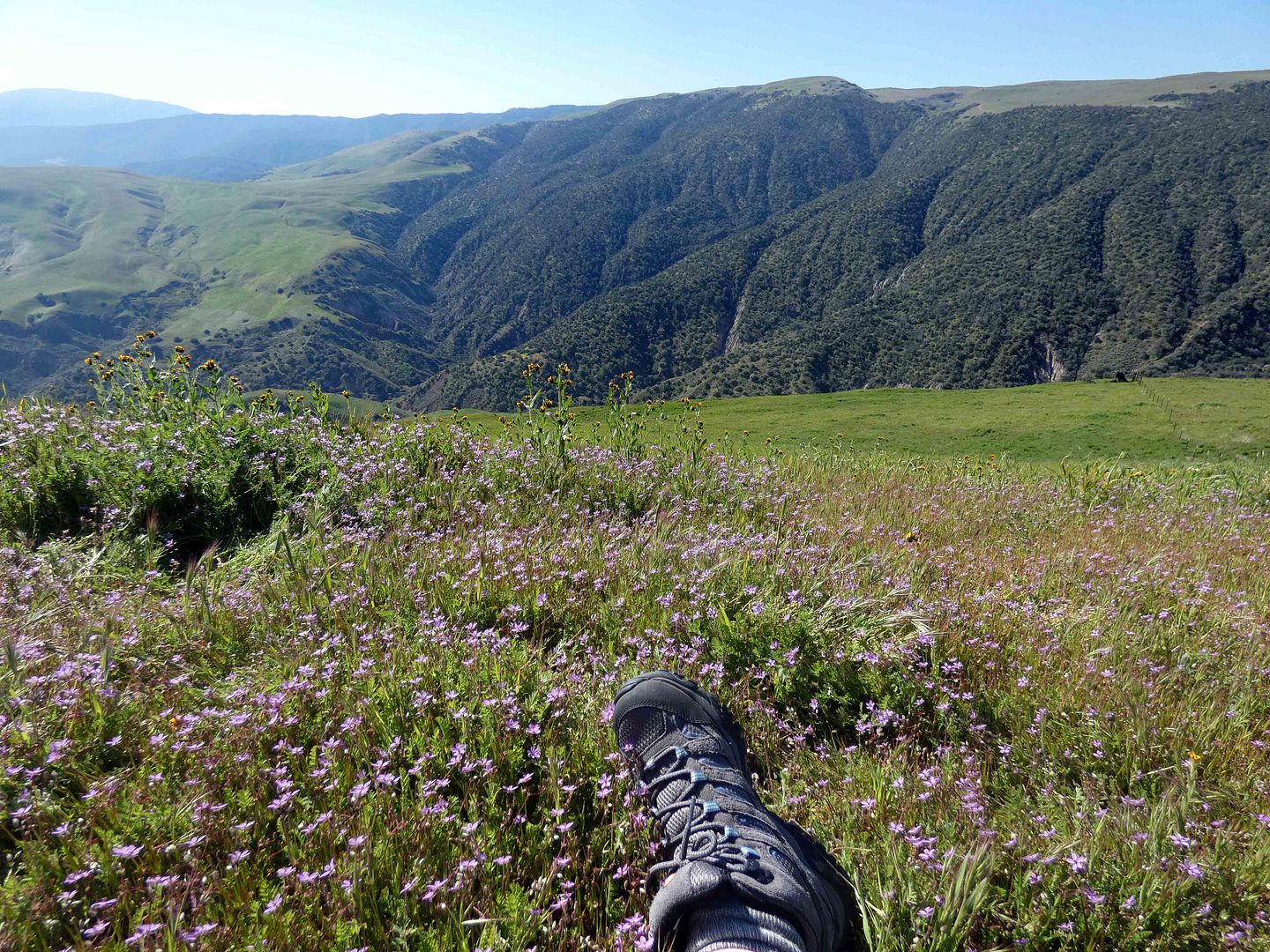
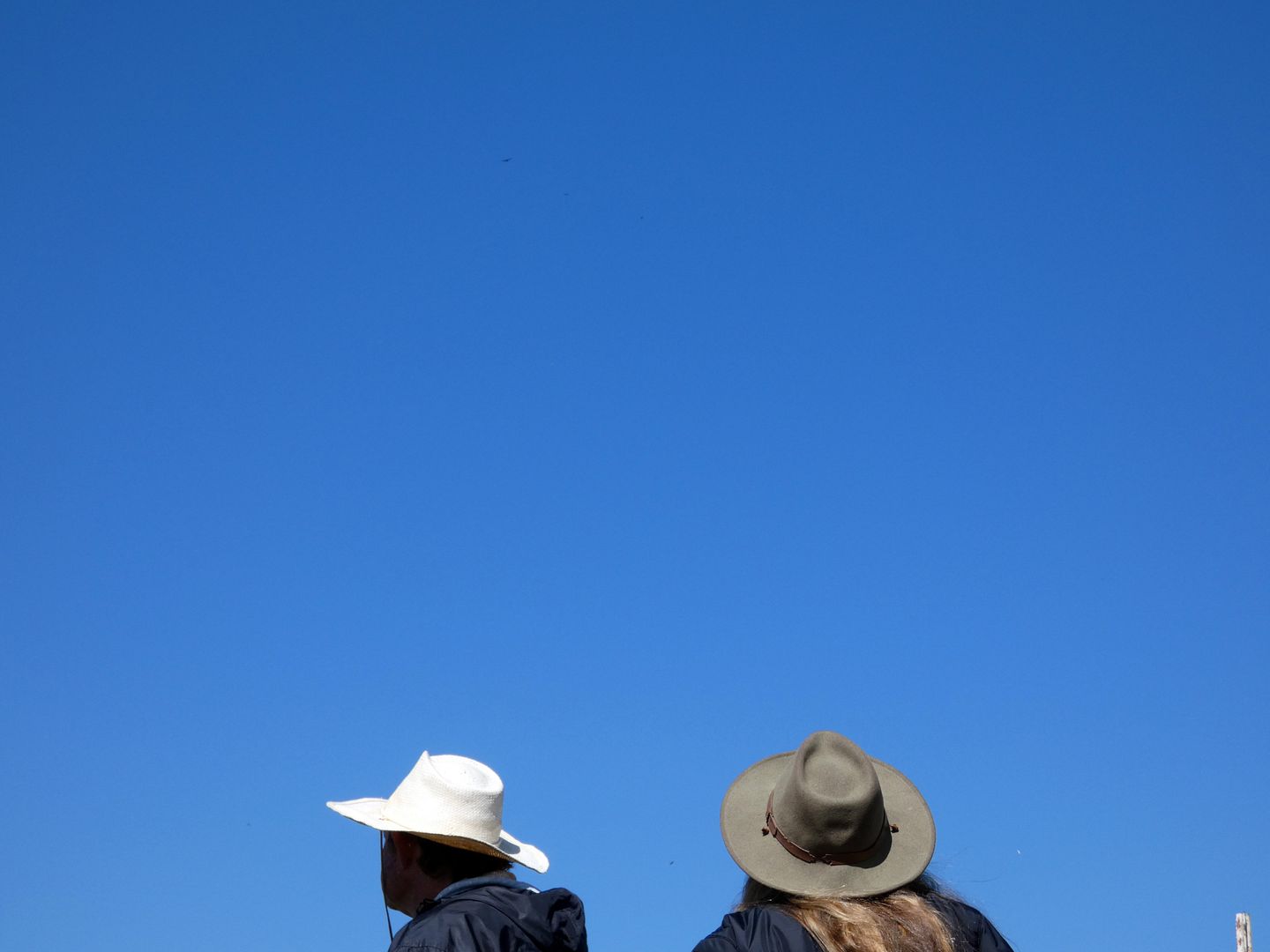

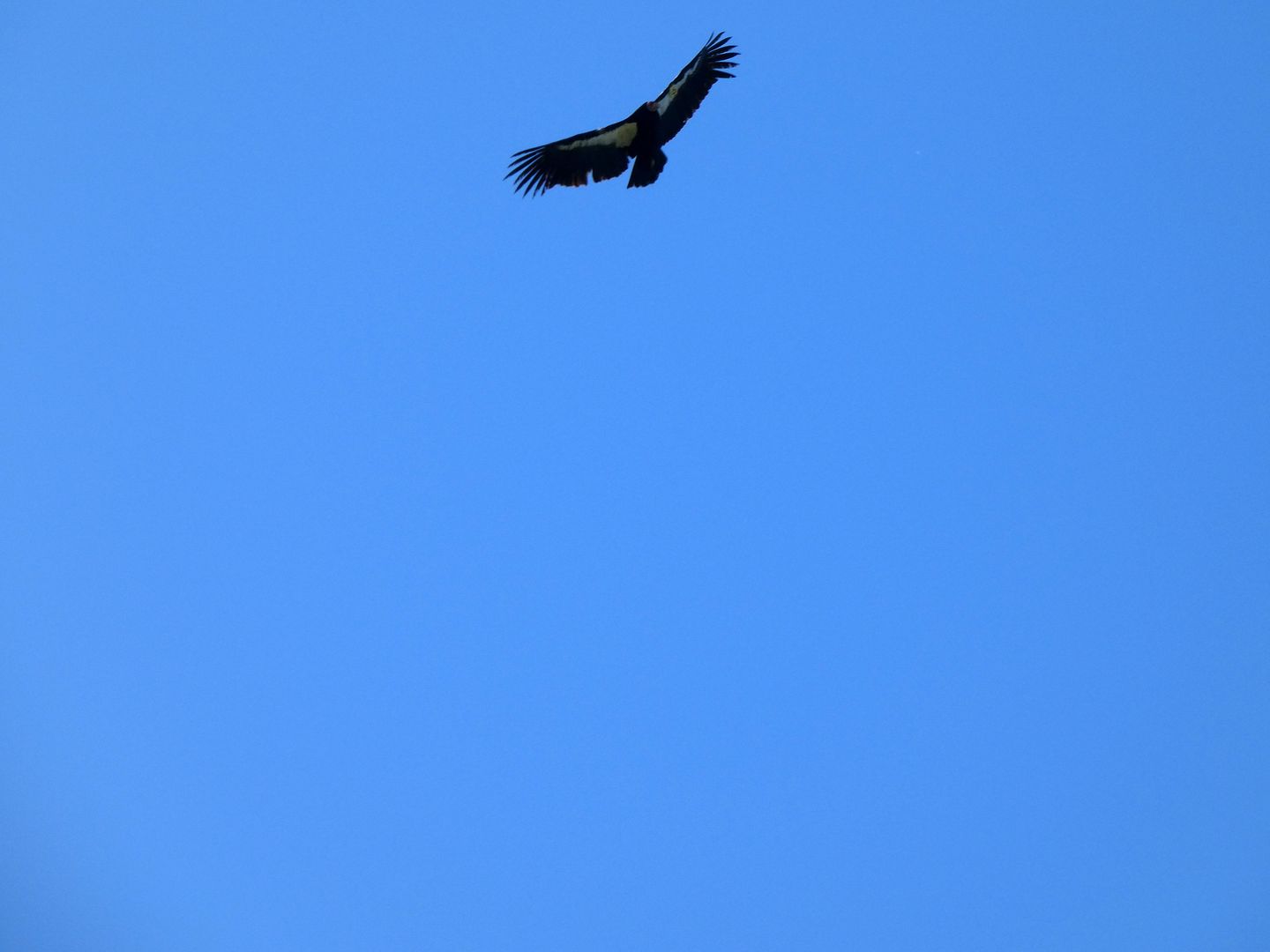
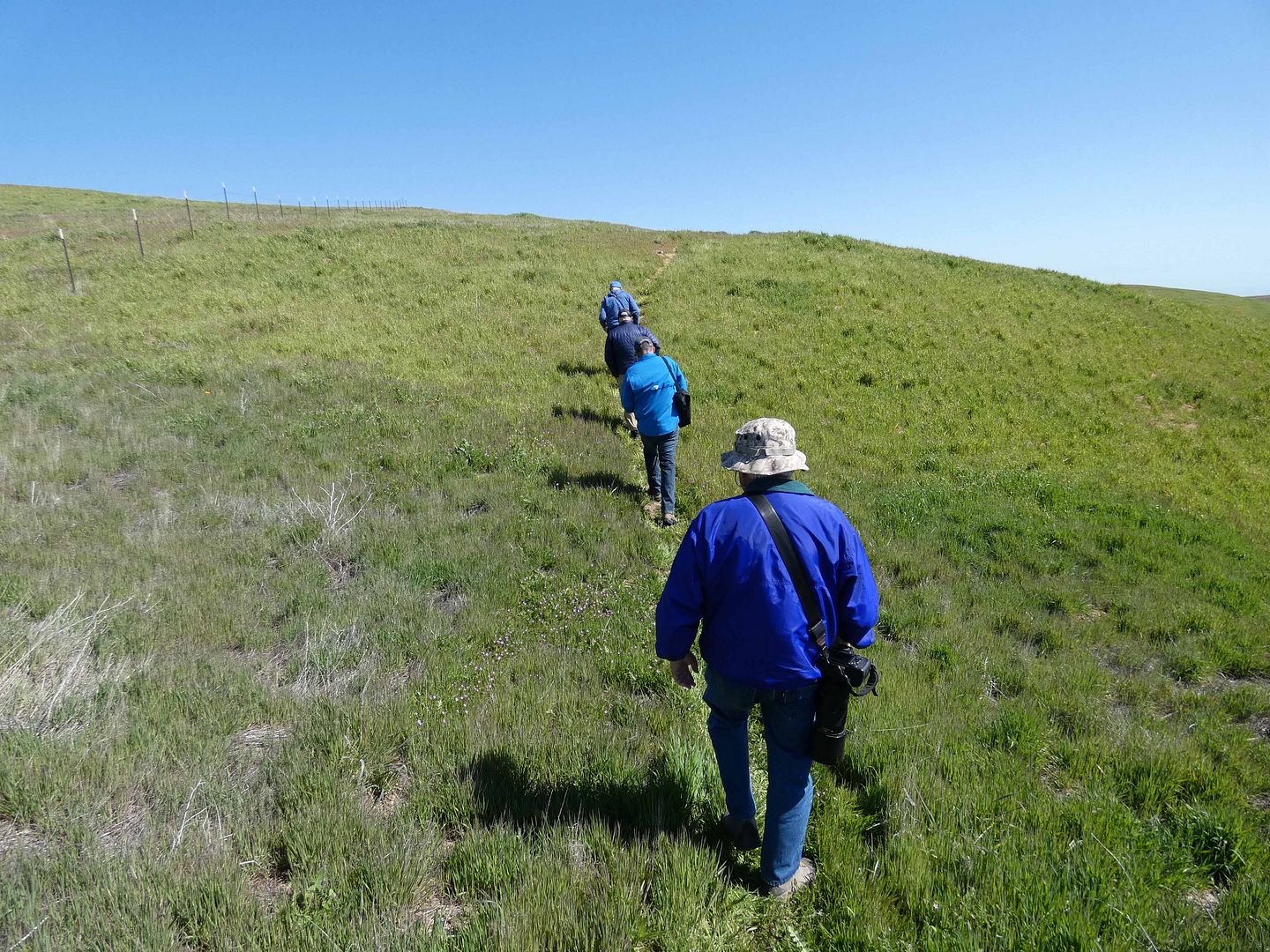
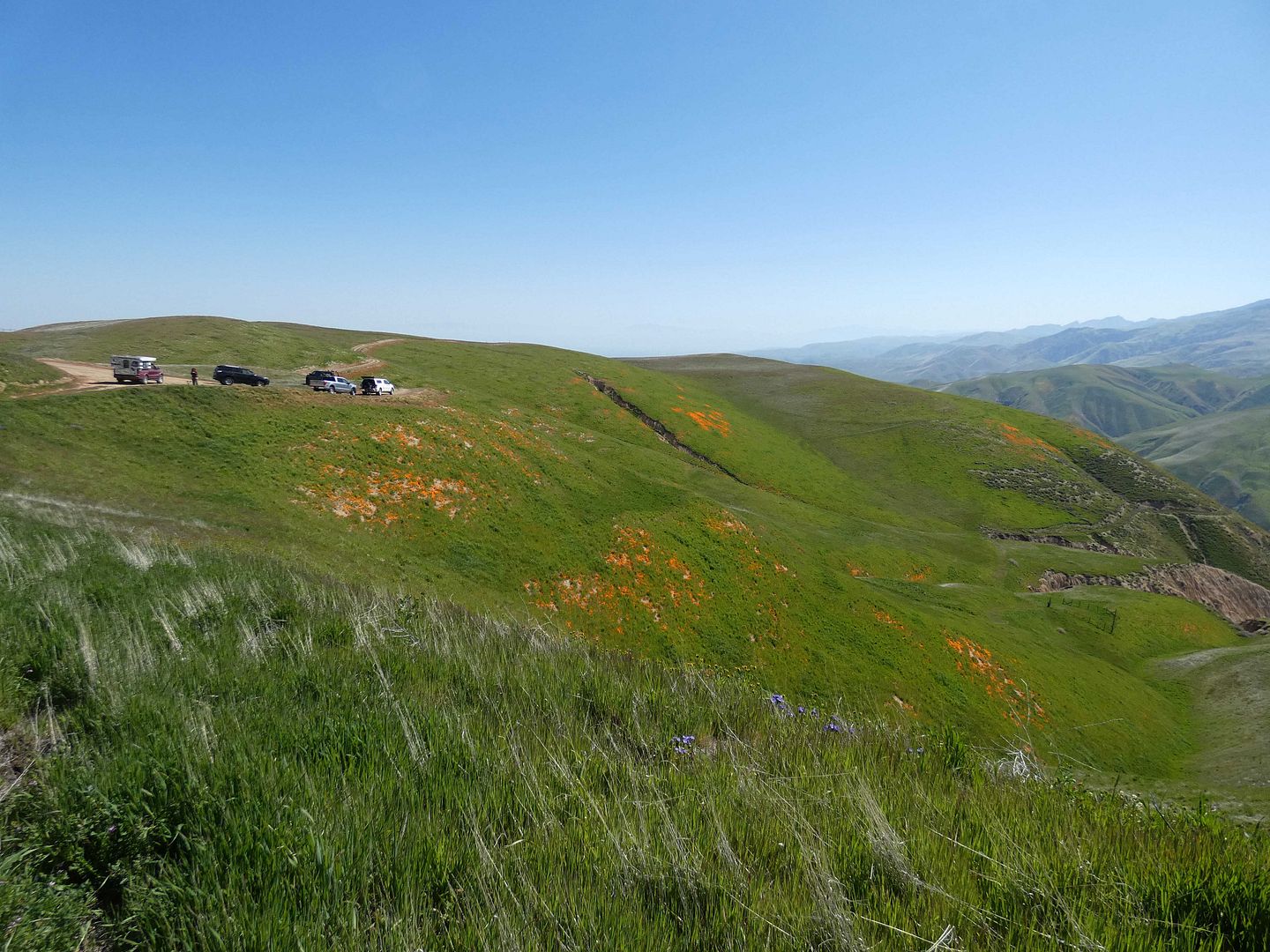
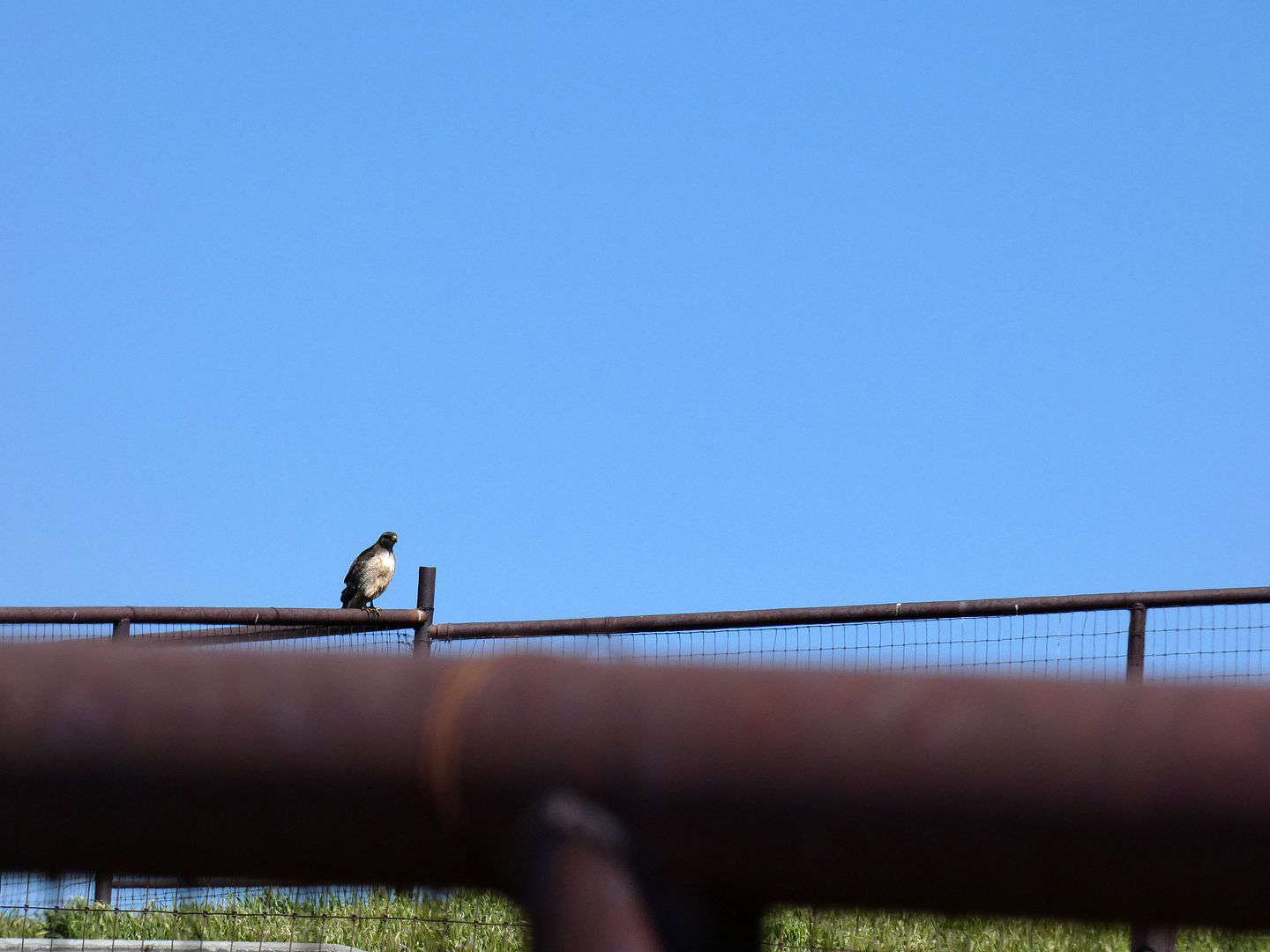
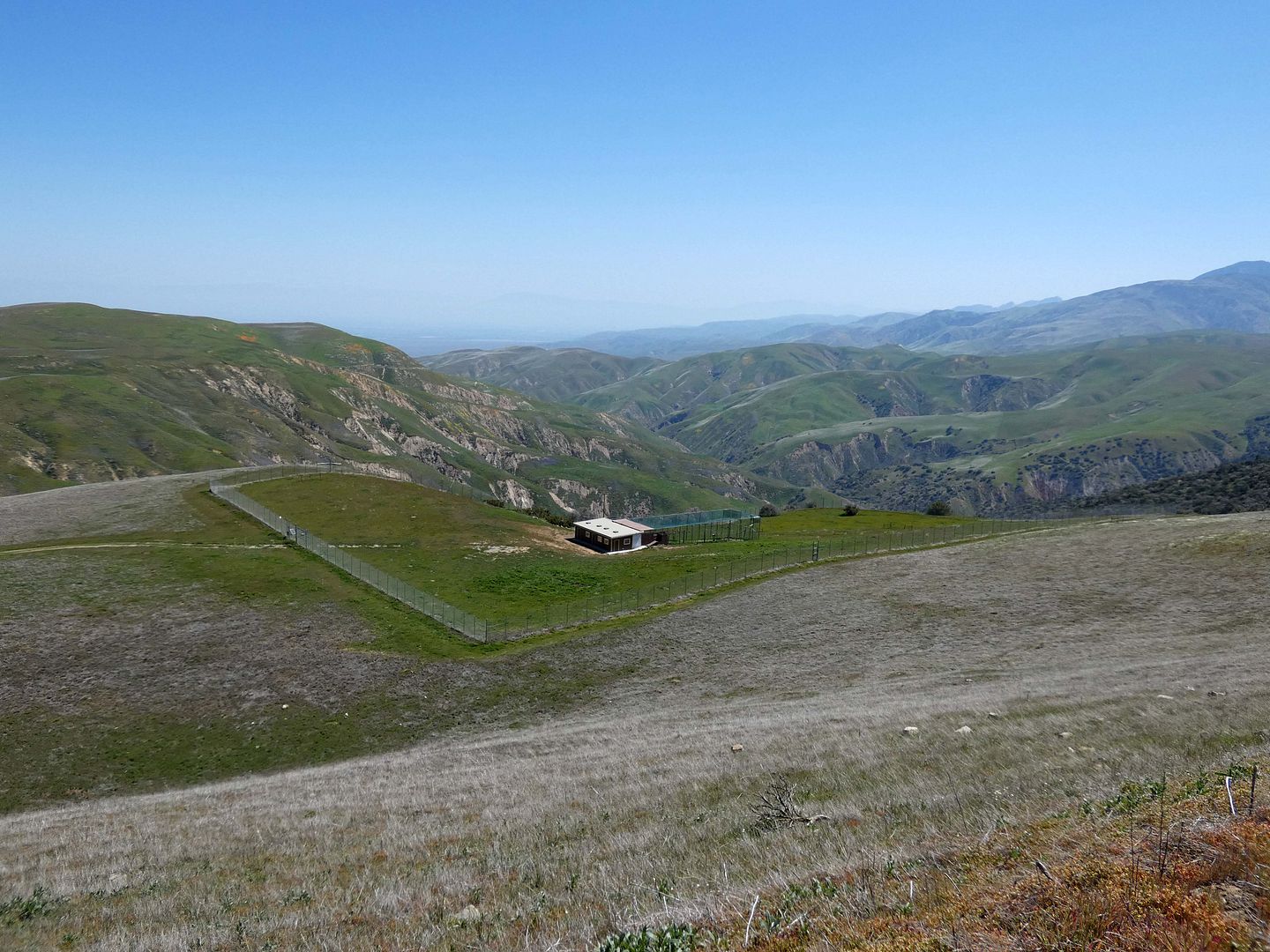
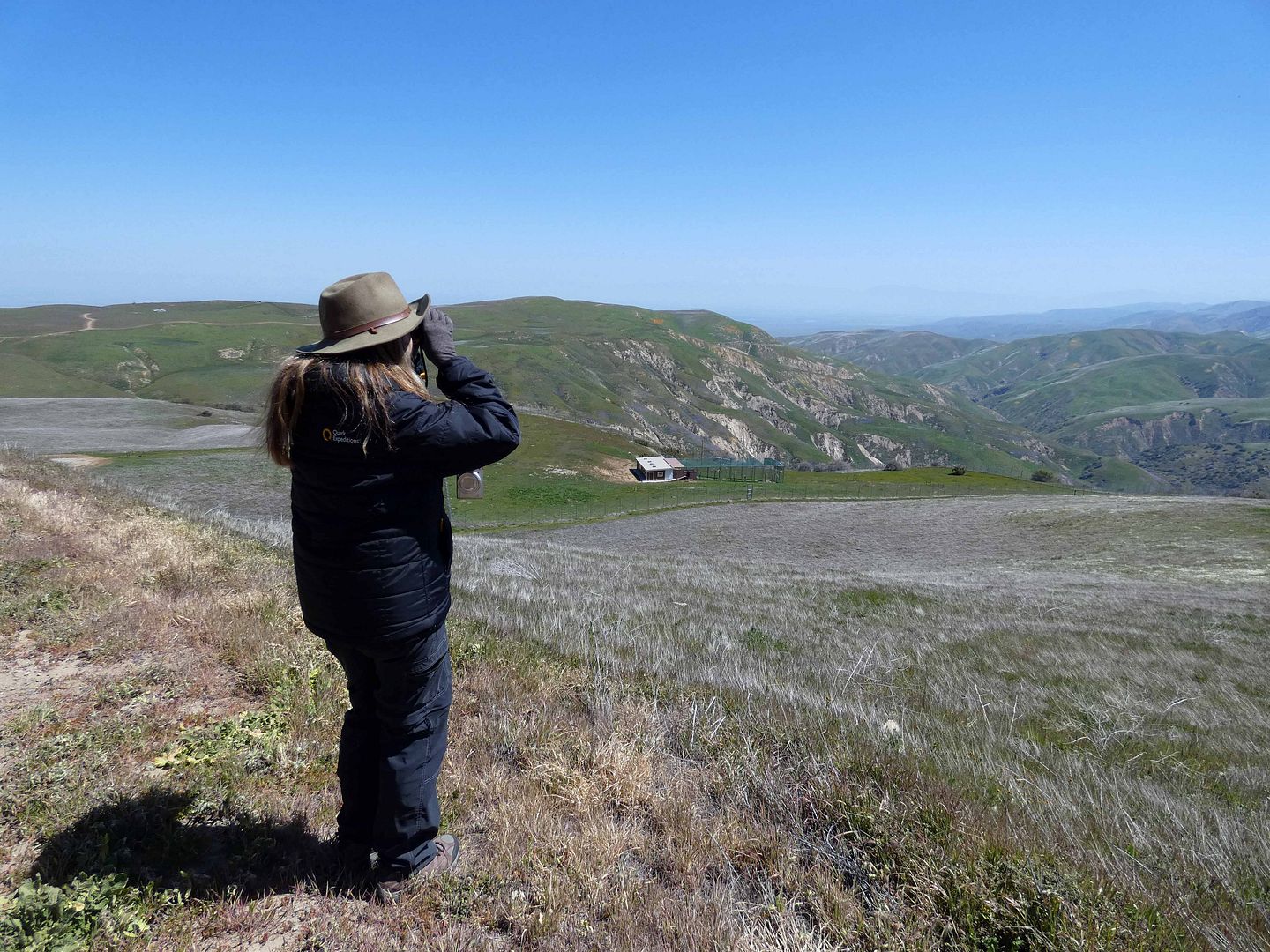
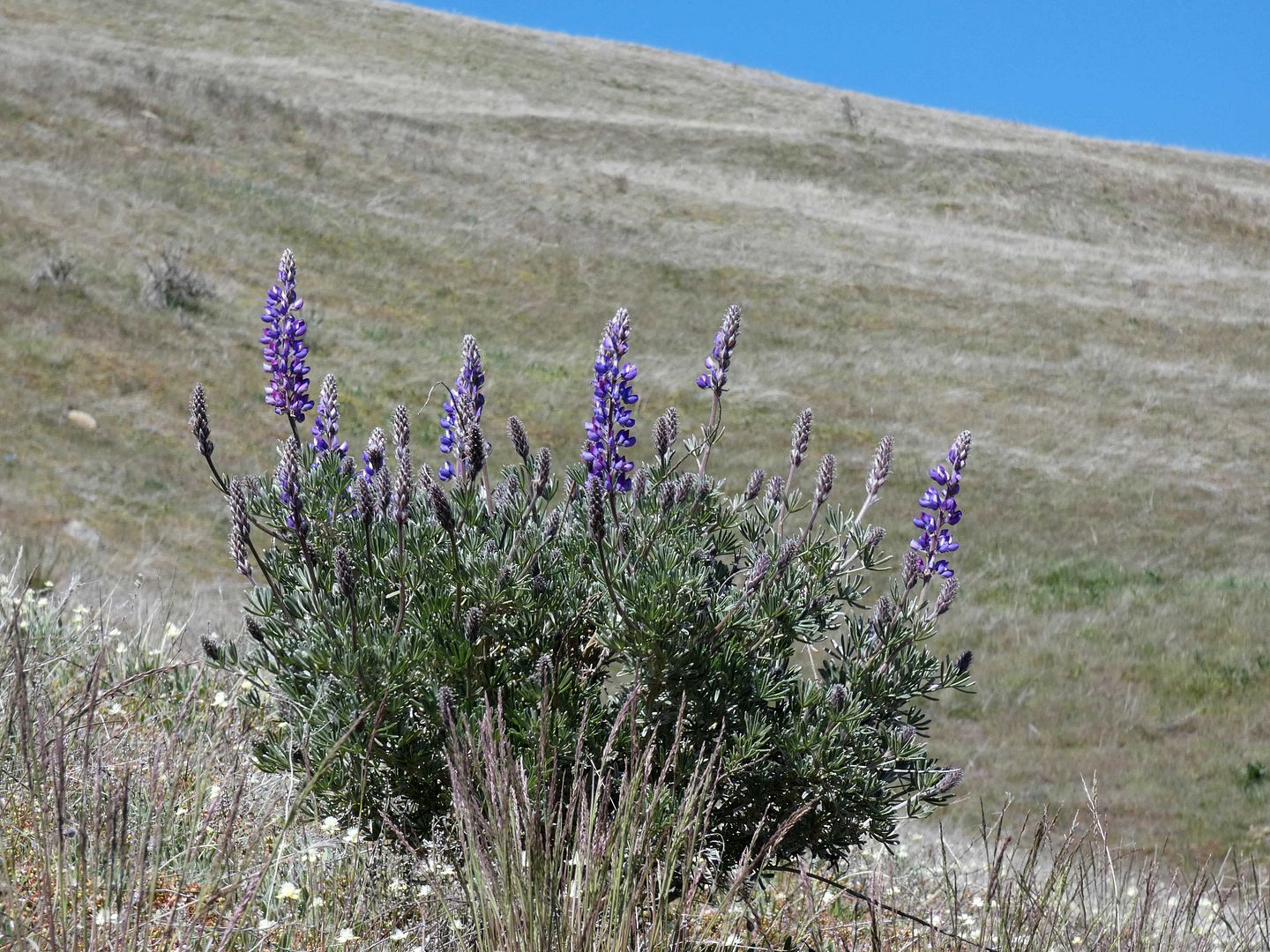
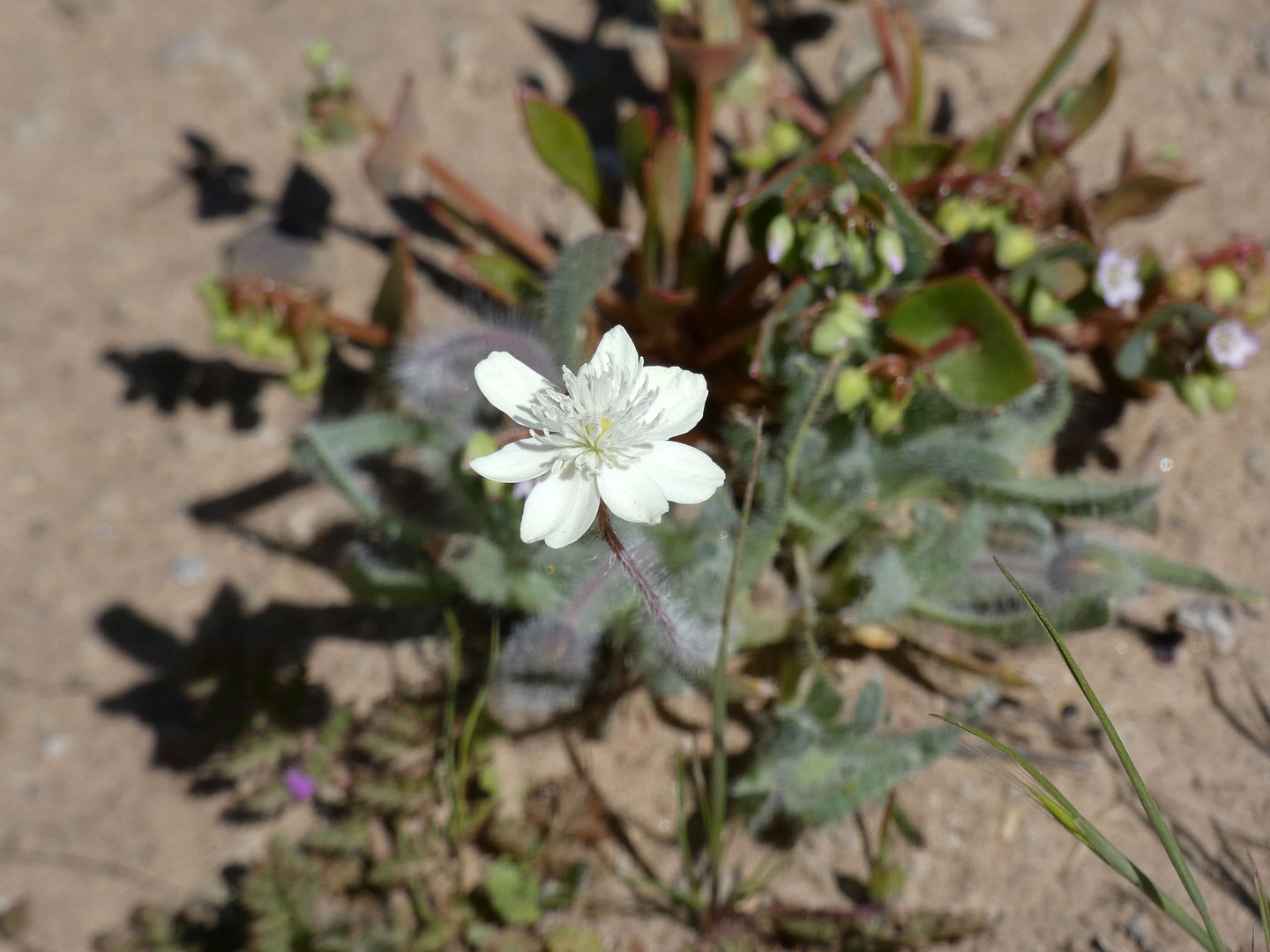

Since the condors' health and behaviors are tracked by USFW, each bird is outfitted with GPS and a radio tag. Looking—and listening—for them feels a bit like a ghost hunt with a paranormal expert. "Here that crackle? That means it's close."

There was something so peaceful—and delicious—about being able to sit there on a grassy knoll that hadn't been trampled by others, looking out in the distance knowing that nobody else was out there, just us and the birds and other animals.

And then we heard a man in our group call out, "Condor!"

And there she was, #216, heading right for us. (The radio signal confirmed the identification, but we could also see her yellow wing tag.)

Experts say that condors are so naturally curious, they're not scared off by groups of people or the sound of human voices. Of course, that kind of comfort level can be dangerous—and deadly—for wild animals.

We had a nice leisurely time at that first spot, feeling grateful that we'd seen a condor at all, not to mention so soon after arriving.

But it was time to return to our cars and caravan over to the next viewing point.

On the way, we saw a nice, plump red-tailed hawk hanging out on a fence.

Our second lookout point was above the flight pen, where a huge fence had been built around its perimeter to keep bobcats and other predators out.

There weren't any condors being held in the cage on that day, so we didn't see any condors coming to land on top of it, either.

I mostly turned my attention to the wildflowers, like the lupine...

...although the radio signals indicated that there were as many as four condors nearby, perhaps roosting in a snag and not flying around. 

Maybe if we'd waited longer, we might've seen more condors. But with as much patience as birdwatching requires, having the good sense to know when to quit is also important.
Besides, I had much more wildflowering to do that day...
Related Posts:

Excellent photo essay. When performing VHF telemetry, what you should be listening for is a beep. Sometimes we must make slight adjustments in our receivers to hear the beep as the transmitters drift a bit due to age and environment. Some condors have two radio transmitters on their tails and the frequencies of both are not always close to each other. There are a couple of condors (676 and 1160) that have transmitters on their wing. Although I no longer live in Southern California, I do keep detailed condor information and telemetry information for the Friends group.
ReplyDeleteLane Frank
Board Member, Friends of California Condors, Wild and Free
lane@friendsofcondors.org
Thank you for the information!
DeleteA new flock is currently being established in Humboldt County, CA and is being managed by the Yurok Tribe. There are currently nine birds in this flock. Condors hold deep meaning to Indigenous People so i consider this flock to be extra special.
ReplyDelete